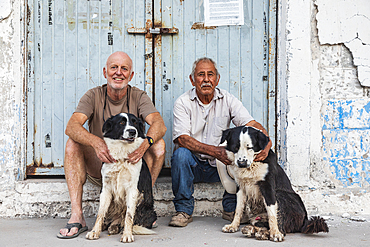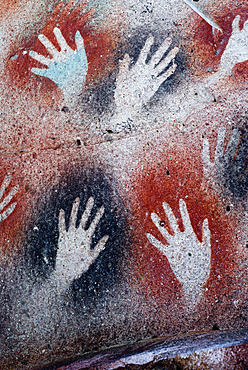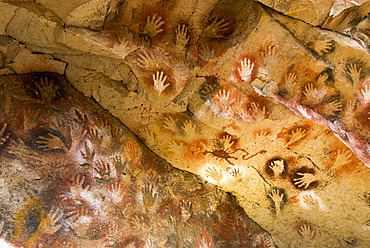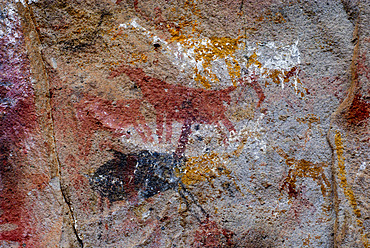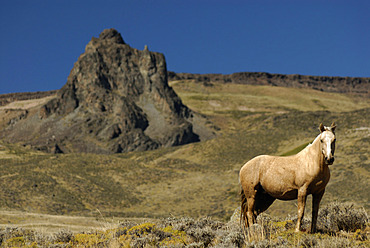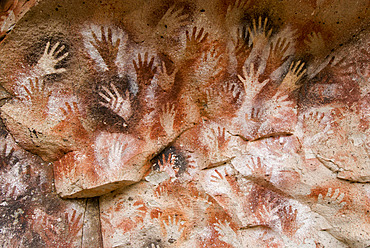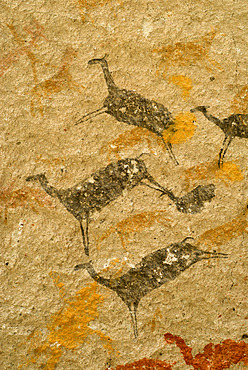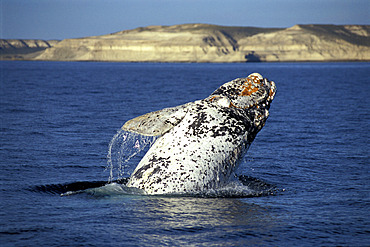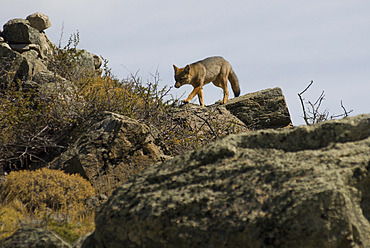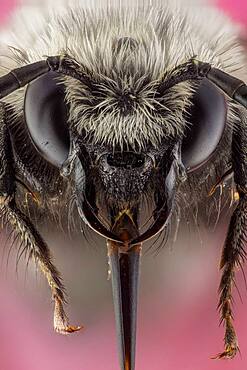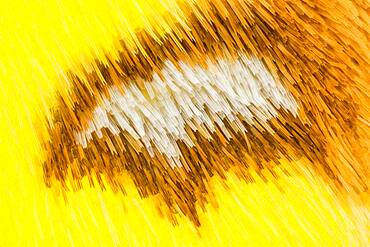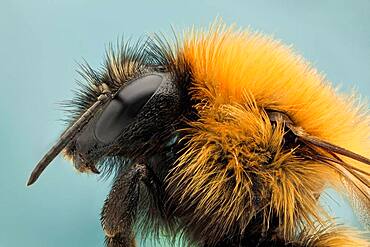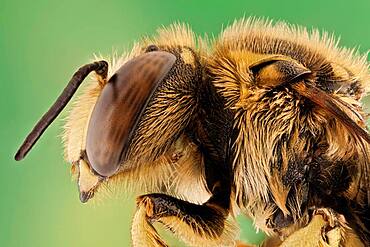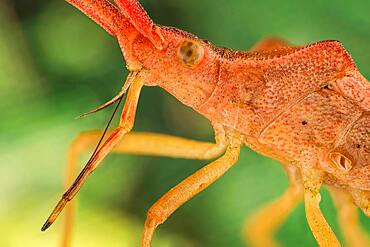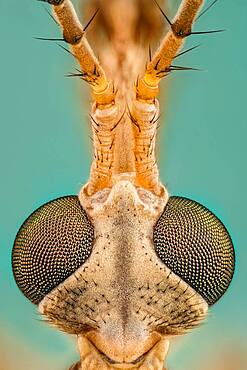Recent searches
Loading...
1352-155 - Iglesia de San Francisco Javier (Church of San Francisco Xavier), Caceres, Extremadura, Spain, Europe
1366-1006 - San Javier, Loreto, Baja California Sur, Mexico. November 16, 2021. Two men with dogs in San Javier.
1366-1002 - San Javier, Loreto, Baja California Sur, Mexico. Statue of Our Lady of Guadalupe in the San Francisco Mission in San Javier.
1366-1005 - San Javier, Loreto, Baja California Sur, Mexico. The San Francisco Mission in San Javier.
1366-1004 - San Javier, Loreto, Baja California Sur, Mexico. The San Francisco Mission in San Javier.
1366-1003 - San Javier, Loreto, Baja California Sur, Mexico. The San Francisco Mission in San Javier.
1366-1001 - San Javier, Loreto, Baja California Sur, Mexico. The San Francisco Mission in San Javier.
1184-7868 - Inner Yard, San Javier Mission, Jesuit Missions of Chiquitos, UNESCO World Heritage Site, Santa Cruz department, Bolivia, South America
1184-7869 - Colourful painted front portal, San Javier Mission, Jesuit Missions of Chiquitos, UNESCO World Heritage Site, Santa Cruz department, Bolivia, South America
1184-7867 - Colourful painted San Javier Mission, Jesuit Missions of Chiquitos, UNESCO World Heritage Site, Santa Cruz department, Bolivia, South America
1184-7866 - Colourful painted San Javier Mission, Jesuit Missions of Chiquitos, UNESCO World Heritage Site, Santa Cruz department, Bolivia, South America
1350-6180 - Cueva de las Manos del Rio Pinturas, Cave of the Hands, Patagonia, Province of Santa Cruz, Argentina
1350-6145 - Fiesta de la Tradicion, San Antonio de Areco, Provincia de Buenos Aires, Argentina, South America
1350-6150 - Cueva de las Manos del Rio Pinturas, Cave of the Hands, Patagonia, Province of Santa Cruz, Argentina
1350-6213 - Cueva de las Manos del Rio Pinturas, Cave of the Hands, Patagonia, Province of Santa Cruz, Argentina
1350-6189 - Fiesta de la Tradicion, San Antonio de Areco, Provincia de Buenos Aires, Argentina
1350-6195 - "El Rincon" Campsite at Night, Perito Moreno National Park, Southern Andean Patagonia, Santa Cruz, Argentina
1350-6203 - Fiesta de la Tradicion, San Antonio de Areco, Provincia de Buenos Aires, Argentina
1350-6209 - Argentinian Tradition Festival. The Argentinian Gauchos Festival
1350-6199 - Lake Belgrano view from Cerro Leon (1434m), Perito Moreno National Park, Southern Andean Patagonia, Santa Cruz, Argentina
1350-6169 - Cueva de las Manos del Rio Pinturas, Cave of the Hands, Patagonia, Province of Santa Cruz, Argentina
1350-6165 - Cueva de las Manos del Rio Pinturas, Cave of the Hands, Patagonia, Province of Santa Cruz, Argentina
1350-6173 - Road to Monte Zeballos near Los Antiguos, Province of Santa Cruz, Patagonia, Argentina, South America
1350-6202 - Fiesta de la Tradicion, San Antonio de Areco, Provincia de Buenos Aires, Argentina, South America
1350-6149 - Cueva de las Manos del Rio Pinturas, Cave of the Hands, Patagonia, Province of Santa Cruz, Argentina
1350-6160 - Fiesta de la Tradicion, San Antonio de Areco, Provincia de Buenos Aires, Argentina, South America
1350-6201 - Sunrise hits Andes Mountains from "El Rincón", Perito Moreno National Park, Southern Andean Patagonia, Santa Cruz, Argentina
1350-6183 - Cueva de las Manos del Rio Pinturas, Cave of the Hands, Patagonia, Province of Santa Cruz, Argentina
1350-6217 - Guanacos (Lama guanicoe) Guanaco in the Wild, Perito Moreno National Park, Southern Andean Patagonia, Santa Cruz, Argentina
1350-6153 - Cueva de las Manos del Rio Pinturas, Cave of the Hands, Patagonia, Province of Santa Cruz, Argentina
1350-6214 - Road to Monte Zeballos near Los Antiguos, Province of Santa Cruz, Patagonia, Argentina, South America
1350-6142 - Cueva de las Manos del Rio Pinturas, Cave of the Hands, Patagonia, Province of Santa Cruz, Argentina
1350-6164 - Entrance Sign to Perito Moreno National Park, Southern Andean Patagonia, Santa Cruz, Argentina
1350-6216 - Argentinian Tradition Festival. The Argentinian Gauchos Festival
1350-6151 - Fiesta de la Tradicion, San Antonio de Areco, Provincia de Buenos Aires, Argentina
1350-6170 - Fiesta de la Tradicion, San Antonio de Areco, Provincia de Buenos Aires, Argentina
1350-6220 - Fiesta de la Tradicion, San Antonio de Areco, Provincia de Buenos Aires, Argentina, South America
1350-6185 - Perito Moreno Glacier, Parque Nacional Los Glaciares, Patagonia, Argentina
1350-6163 - Fiesta de la Tradicion, San Antonio de Areco, Provincia de Buenos Aires, Argentina, South America
1350-6138 - Fiesta de la Tradicion, San Antonio de Areco, Provincia de Buenos Aires, Argentina
1350-6190 - Leaping Southern Right Whale, (Eubalaena australis), Golfo Nuevo, Chubut, Patagonia, Argentina
1350-6204 - Fiesta de la Tradicion, San Antonio de Areco, Provincia de Buenos Aires, Argentina, South America
1350-6140 - Fiesta de la Tradicion, San Antonio de Areco, Provincia de Buenos Aires, Argentina
1350-6159 - Red Cloud over Cerro León (1424m), Perito Moreno National Park, Southern Andean Patagonia, Santa Cruz, Argentina
1350-6215 - Red Fox (Pseudalopex culpaeus), Perito Moreno National Park, Southern Andean Patagonia, Santa Cruz, Argentina
1350-6192 - Fiesta de la Tradicion, San Antonio de Areco, Provincia de Buenos Aires, Argentina, South America
1350-6194 - Cueva de las Manos del Rio Pinturas, Cave of the Hands, Patagonia, Province of Santa Cruz, Argentina
1350-6137 - Fiesta de la Tradicion, San Antonio de Areco, Provincia de Buenos Aires, Argentina
1350-6200 - Fiesta de la Tradicion, San Antonio de Areco, Provincia de Buenos Aires, Argentina
1350-6206 - Fiesta de la Tradicion, San Antonio de Areco, Provincia de Buenos Aires, Argentina
1350-3481 - Castle of Xavier, the birthplace of Saint Francis Xavier. Navarre, Spain, Europe
1350-680 - Bees are flying insects closely related to wasps and ants, known for their role in pollination and, in the case of the best-known bee species, the European honey bee, for producing honey and beeswax.
1350-653 - A bush cricket on a Rosmary plant. The atrophied wings of Ephippiger species are unfit to flight and only used for the emission of sounds. This one has some parasitic mites on it
1350-641 - Somo kind of wolf spider, they are robust and agile hunters with good eyesight. They live mostly solitary lives and hunt alone. Some are opportunistic hunters pouncing upon prey as they find it or even chasing it over short distances. Some will wait for passing prey in or near the mouth of a burrow.
1350-665 - This is the most common ladybird in Europe, introduced in many countries as pests control agents as they are voracious predators of aphids
1350-637 - A beautiful beettle from top view; its armor its full of cracks, sign of a hard life
1350-649 - Some kind of cucko wasp, there arer over 3000 species. Parasitoid or cleptoparasitic wasps, this one is highly sculptured, with brilliantly colored metallic-like body
1350-631 - Rhynchophorus ferrugineus or red palm weevil; it is killing all palm trees in Spain, originary from South east Asia it is believed it came to Spain in some imported palm trees from Egypt
1350-672 - Damselflies are similar to dragonflies, but are smaller, have slimmer bodies, and most species fold the wings along the body when at rest.
1350-668 - This is the most common ladybird in Europe, introduced in many countries as pests control agents as they are voracious predators of aphids
1350-682 - Black soldier flies are common and widespread fly of the family Stratiomyidae. Neither the larvae nor adults are considered pests or vectors. Instead, black soldier fly larvae play a similar role to that of redworms as essential decomposers in breaking down organic substrates and returning nutrients to the soil/environment.
1350-632 - A detail of Rhynchophorus ferrugineus antennas
1350-656 - A Mud dauber portrait; its name comes from the nests that are made by the females, which consist of mud molded into place by the wasp's
1350-662 - The preferred habitat of the adonis blue is calcareous grasslands, it has been rapidly declining becauseof habitat loss.
1350-661 - A high magnification picture of the ocelli and ommatidium of a german wasp; a special technique to get a SEM like image was used.
1350-658 - Soldier ants are easily identified because of their bigger heads and powerful mandibles
1350-663 - Crane flies are often misidentified as giant mosquitos but they are not related at all. They do have beautiful eyes.
1350-630 - Rhynchophorus ferrugineus or red palm weevil; it is killing all palm trees in Spain, originary from South east Asia it is believed it came to Spain in some imported palm trees from Egypt
1350-684 - This species is unmistakable within its range, with bright yellow wings marked with small brown patches along the costa of the forewing and a small brown-edged white stigma, also on the forewing.
1350-651 - Like their relatives the honey bees, bumble bees feed on nectar and gather pollen to feed their young
1350-644 - A magnified view of its beautiful eye; a special technique was used to remove the ommatidum reflections, leaving an image with SEM like surface detail
1350-687 - Very high magnification shot of a silverfish eye; a special technique was used to reveal all the eye surface texture in order to get a SEM like image, but with colour.
1350-652 - Anthidium manicatum or European wool carder bee, they are leaf-cutters and use leaves and petals from various ornamental plants such as roses, azaleas, ash, redbud, and bougainvillea. They use the leaf and petal segments to construct their nests
1350-638 - Jumping spider; about 5.00 species, making it the largest spider family. Those wonerfull eyes have evolved to make it a fierce predator
1350-664 - A long-horned bee covered in pollen; the males of this solitary bee species are easy to identify because of the long antennae
1350-633 - A small metallic bee covered on pollen, it has a parasitic mite on the wing
1350-686 - A Hybomitra affinis, horse fly. Horse flies are often large and agile in flight, and the females bite animals, including humans, to obtain blood. They prefer to fly in sunlight, avoiding dark and shady areas, and are inactive at night.
1350-681 - The Coreidae are a large family of predominantly sap-sucking insects in the Hemipteran suborder Heteroptera.
1350-654 - A wet grasshopper, watter drops act as a magnifying glass showing details of the ommatideum
1350-677 - Tipula is a very large insect genus in the fly family Tipulidae. They are commonly known as crane flies or daddy longlegs. Worldwide there are well over a thousand species.
1350-675 - Crab spiders do not build webs to trap prey, though all of them produce silk for drop lines and sundry reproductive purposes; some are wandering hunters and the most widely known are ambush predators.
1350-671 - Most crab spiders are specialiced in ambush hunting in flowers.
1350-648 - Some kind of cucko wasp, there arer over 3000 species. Parasitoid or cleptoparasitic wasps, this one is highly sculptured, with brilliantly colored metallic-like body
1350-640 - Scales from a butterfly of the Kallima family, these butterflies look like dry leaves; texture of the scales can be apreciatted
1350-645 - Episyrphus balteatus, sometimes called the marmalade hoverfly; like most other hoverflies it mimics a much more dangerous insect, the solitary wasp, though it is a quite harmless species
1350-676 - Tipula is a very large insect genus in the fly family Tipulidae. They are commonly known as crane flies or daddy longlegs. Worldwide there are well over a thousand species.
1350-670 - As their common name suggests, they are often seen hovering or nectaring at flowers; the adults of many species feed mainly on nectar and pollen, while the larvae (maggots) eat a wide range of foods.
1350-636 - Vespula germanica or German wasp; this hairy waspcan be identified by its three dots in the face
1350-678 - The sponging mouthparts consist of a fleshy, elbowed labium, at the distal end of which are large, sponge-like organs called the labella (singular, labellum). The labella is a complex structure consisting of many grooves, called pseudotrachea, which sops up liquids much like a sponge does.
1350-642 - A common and widespread fly of the family Stratiomyidae, and quite possibly the best-known species in the entire infraorder. The larvae are used in manure management, for both house fly control and reduction in manure volume, and the mature larvae and prepupae raised in manure management operations are themselves useful as feed supplements
1350-647 - A female walking stick insect, this one is a common species iun Europe. However their natural camouflage can make them extremely difficult to spot
1350-667 - This particular species of longhorn beetle can damage cereal crops but not to an extent of being considered a pest
1350-634 - A Musca domestica or house fly showing a severe mite infestion; three mites under the subgenal area and two more between labellum and thorax. Those mites show a bright red colour and finger-print like texture
1350-659 - The German wasp has typical wasp colours of black and yellow. It is very similar to the common wasp (Vespula vulgaris), but its face has three tiny black dots.

